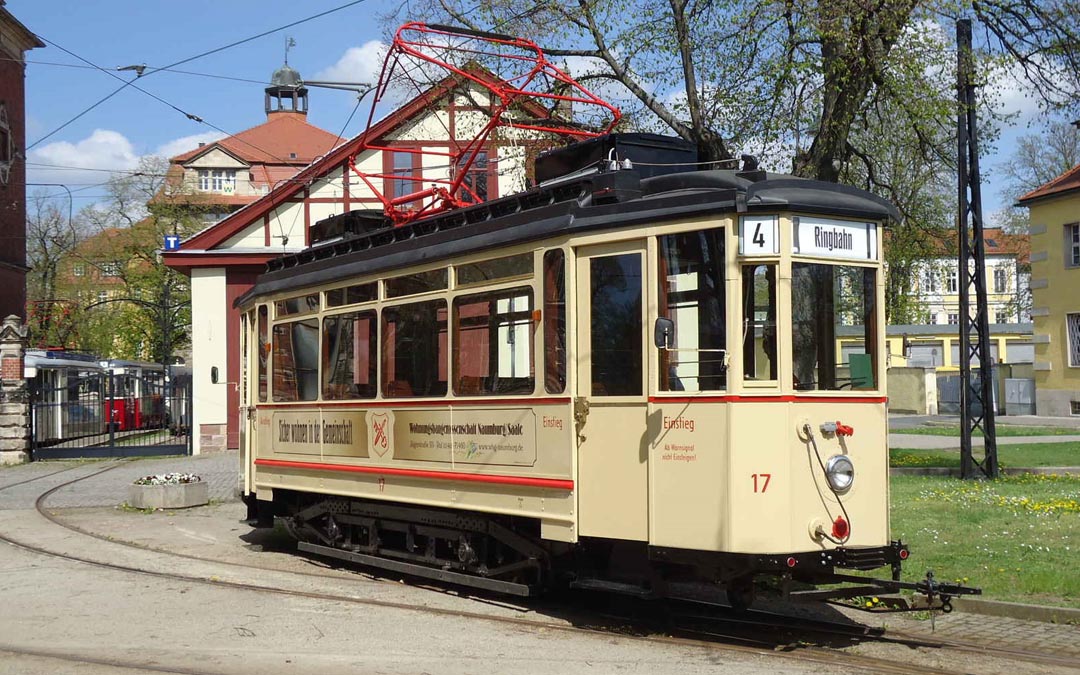The project support committee for the “Digital Rail Innovation Cluster” met for the third time recently. The workshop, which this time took place in Naumburg in Saxony-Anhalt, brought together regional stakeholders as well as representatives from the affected states and the coal-mining regions of the Lusatian, Central German and Rhenish coalfields.
A regional potential analysis had already been prepared in advance, the results of which were presented and discussed in the current workshop. In addition, the next steps in the creation of further cluster concepts are now to be coordinated.
In keeping with the theme of the workshop, the participants visited the historic Naumburg streetcar as part of the pre-event program. During a ride through the medieval old town, they were guided through the history of the city. The Naumburg streetcar has been operating in the city of Naumburg (Saale ) on a circular route since 1892.
About the project
The coal phase-out is one of the key priorities for achieving the goal of reducing CO2 emissions. This will lead to long-term and comprehensive structural change in the lignite mining regions of the Lusatian, Central German and Rhenish coalfields – there is not only a threat of unemployment, emigration and loss of identity, but also a consequent reduction in the competitiveness of the regions.
The “Digital Rail Innovation Cluster” project, initiated by the Federal Ministry of Transport and Digital Infrastructure (BMVI), has set itself the goal of focusing on the digitalization of the rail sector in the lignite regions affected by structural change. The economic potential in the coal regions is to be analyzed and cluster structures established with representatives of the affected states and regional stakeholders. In doing so, the participating stakeholders will develop opportunities for the digitalization of the rail sector and new prospects for people and companies in the coal regions, thereby contributing to structural change.
Further information can be found on the project website.

